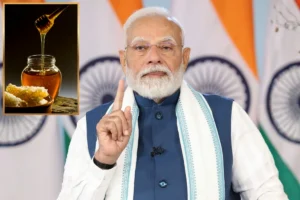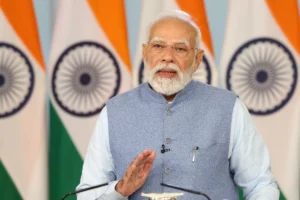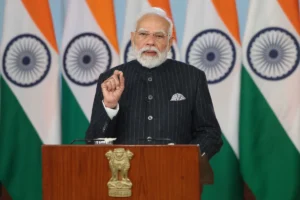
PMI stood at 55.7 in November production line
Manufacturing activities in India touched a three-month high in November as new orders and exports expanded boosted by demand resilience and substantial easing of cost pressure, according to a monthly survey released on Thursday.
The seasonally adjusted S&P Global India Manufacturing Purchasing Managers’ Index stood at 55.7 in November, up from 55.3 in October, signaling the strongest improvement in operating conditions in three months.
“Demand resilience boosted manufacturing growth in India, with companies noting the quickest increases in new orders and production for three months. Moreover, firms were strongly confident towards growth prospects, with optimism driving another round of job creation and restocking initiatives,” the survey said.
India’s consumer price gains fell below 7% for the first time in three months in October.
The November PMI data pointed to an improvement in overall operating conditions for the 17th straight month. In PMI parlance, a print above 50 means expansion while a score below 50 indicates contraction.
“It was business as usual for goods producers, who lifted production volumes to the greatest extent in three months amid impressive evidence of demand resilience. New orders and exports expanded markedly in the latest month,” Pollyanna De Lima, Economics Associate Director at S&P Global Market Intelligence, said.
Moreover, firms were strongly confident towards growth prospects, with optimism driving another round of job creation and restocking initiatives.
Buying levels expanded at a marked and accelerated rate as firms also sought to benefit from relatively mild price pressures.
“Survey participants were also strongly confident in both the buoyancy of demand for their goods and their ability to further lift production in 2023. The level of positive sentiment recorded in November was the best in nearly eight years,” Lima said.
On the prices front, input cost inflation receded to the joint-weakest rate in 28 months, while charges rose at the slowest pace since February.
Input cost inflation receded to the joint-weakest rate in 28 months on the prices front, while charges rose at the slowest pace since February.
To read more such news, download Bharat Express news apps




















